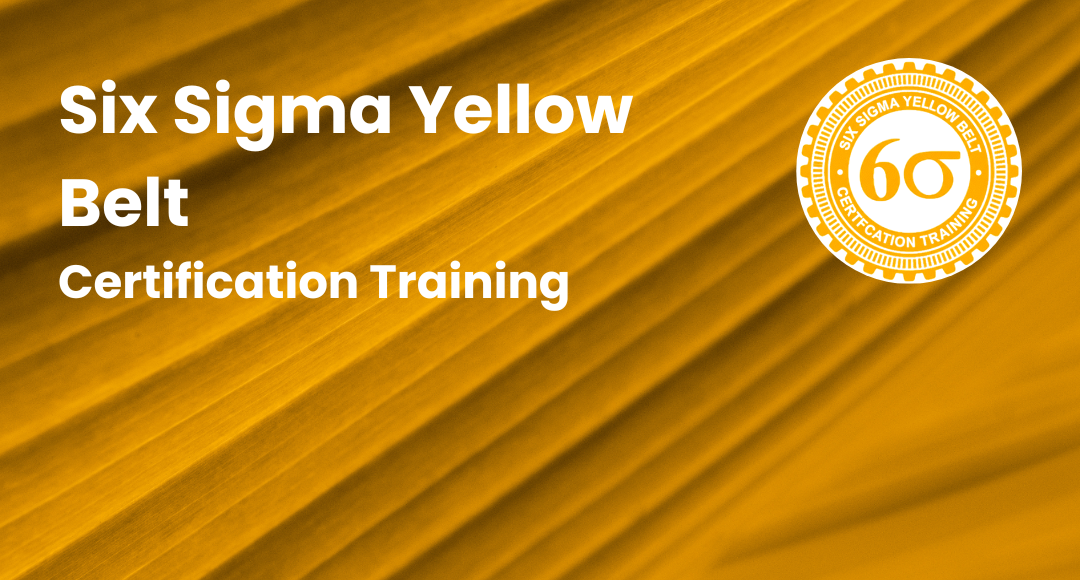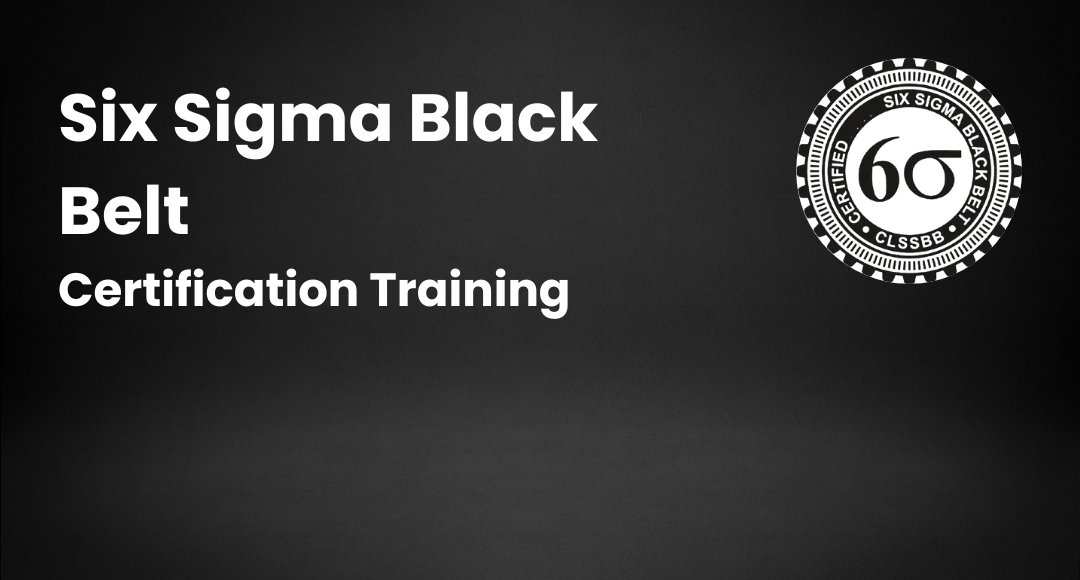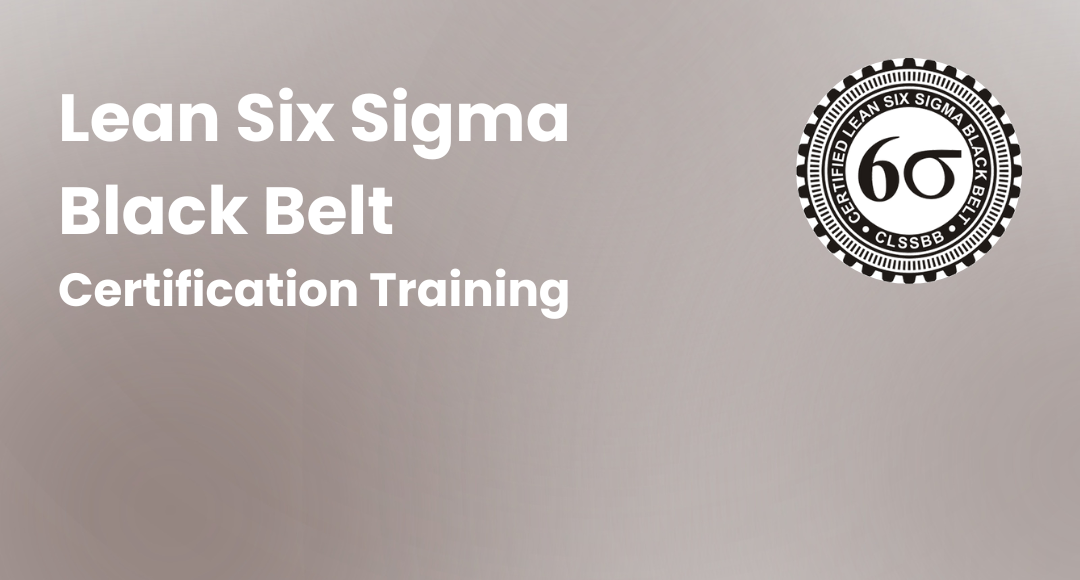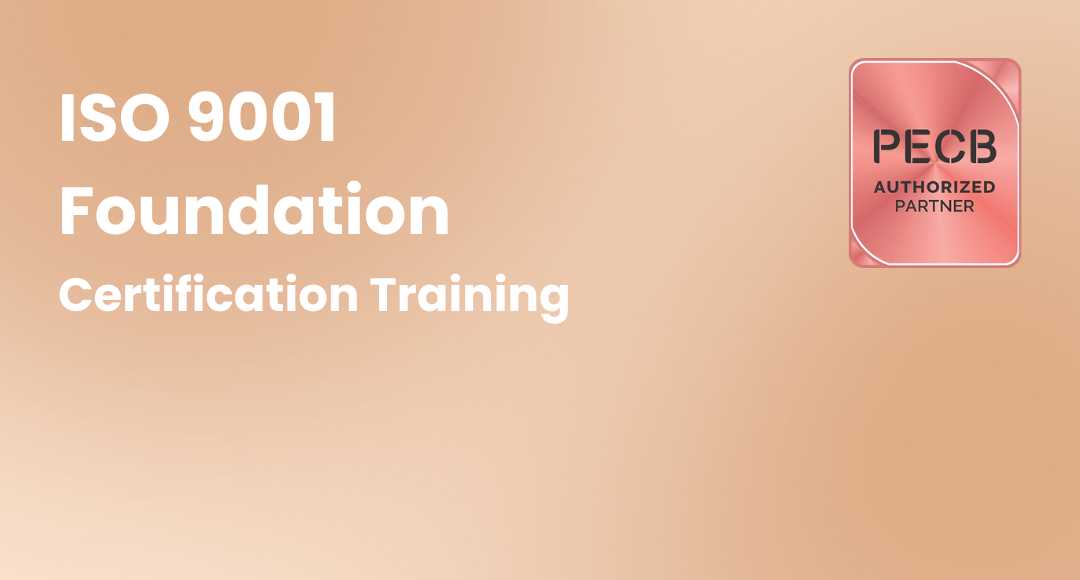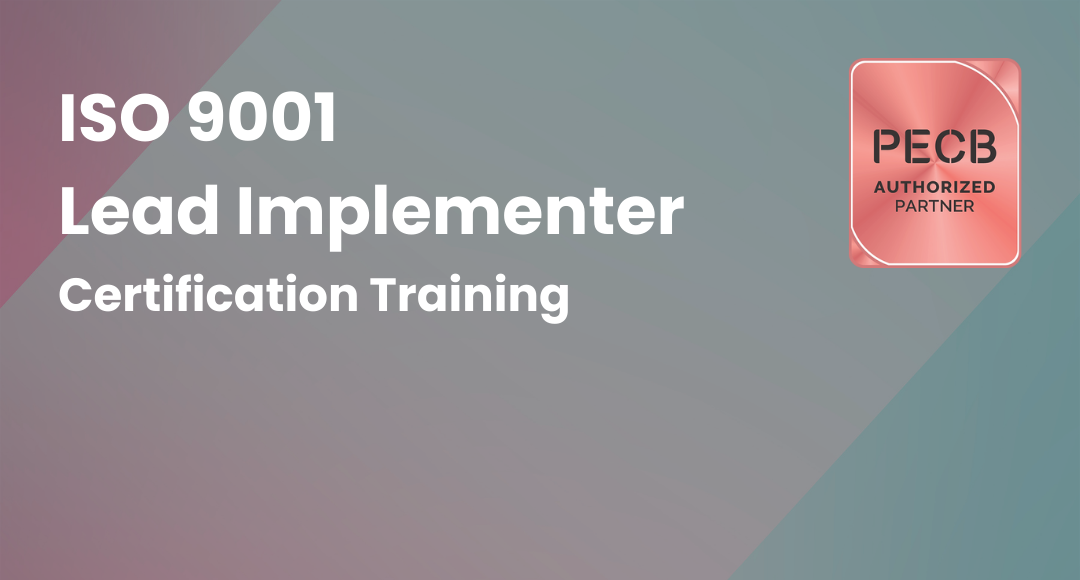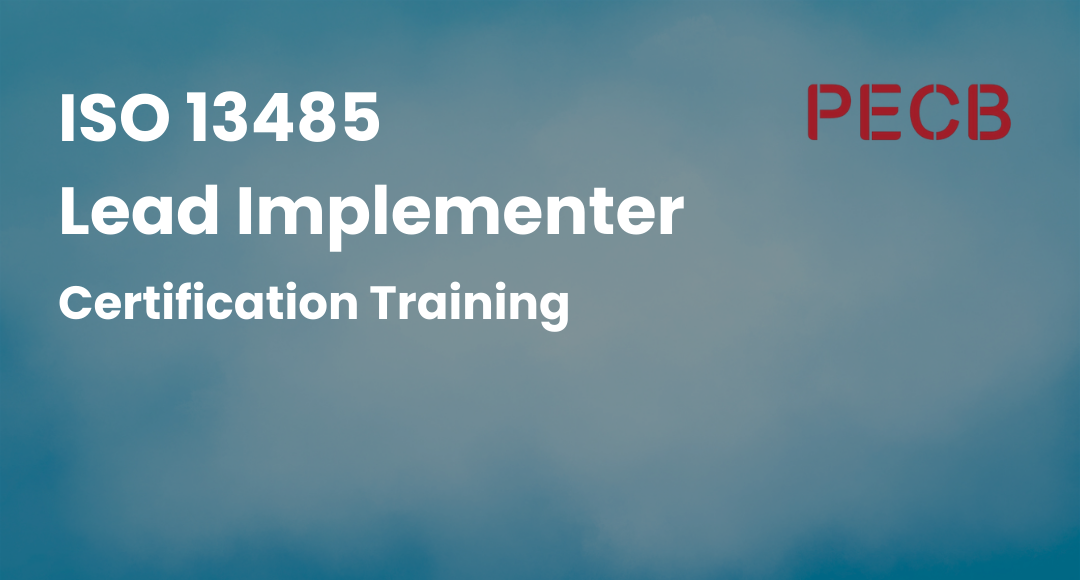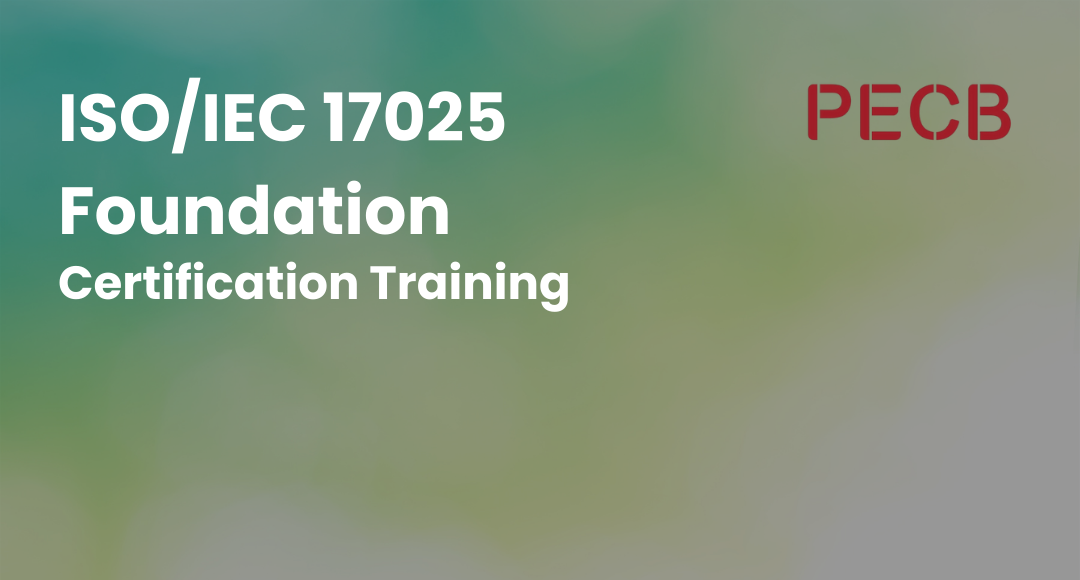Secret to Unlock Organizational Excellence: Stages of Continuous Improvement
-
 By Sushmith
By Sushmith - Published on Nov 27 2023
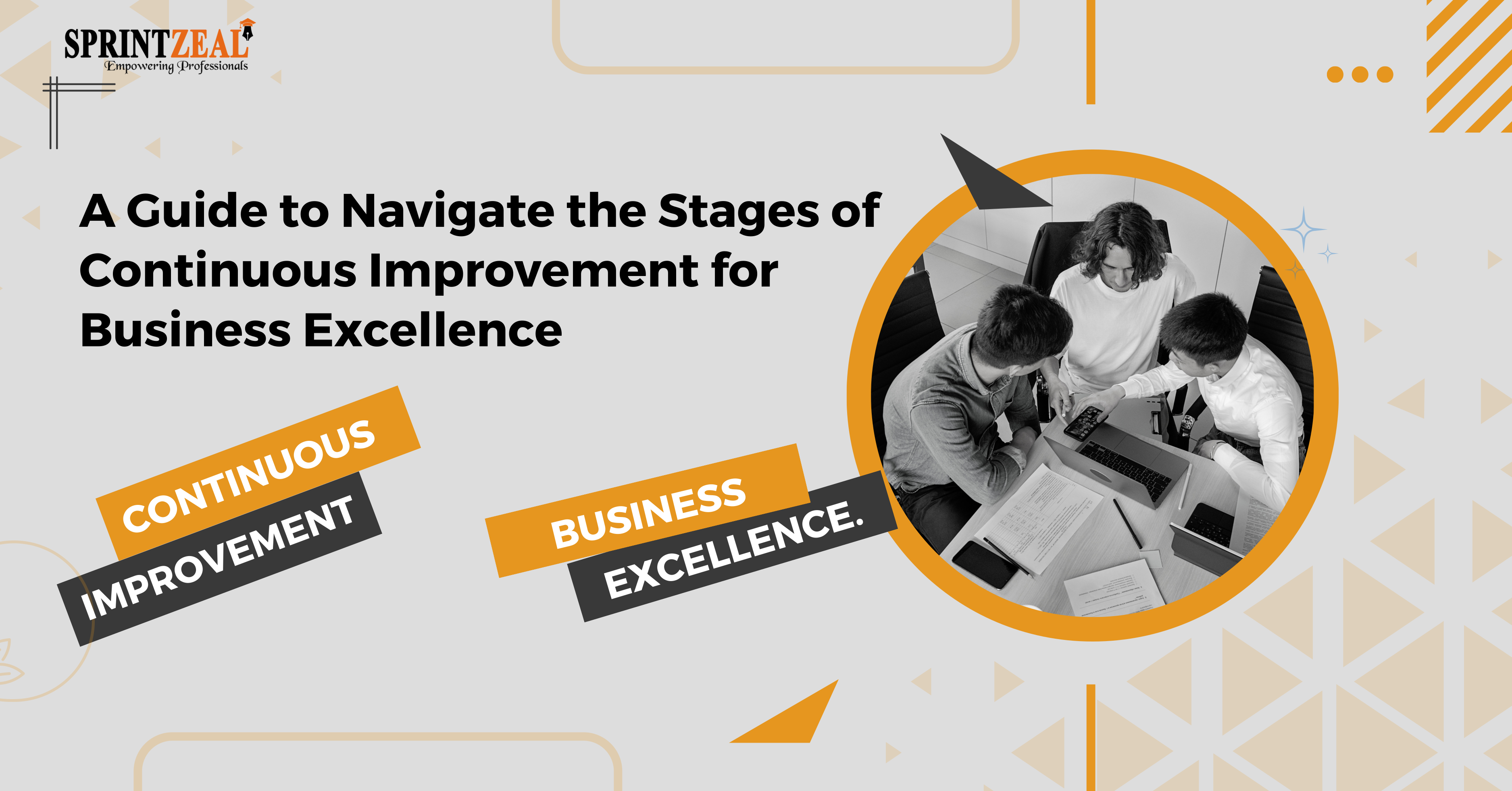
Table of Contents
- The Crucial Role of LCI in Organizational Growth
- The 4 Key Stages of Continuous Improvement
- Additional Stages of Continuous Improvement
- Strategies to Progress through CI Stages
- Steps to Improving Continuous Improvement
- Unlock Your Expertise with Our Specialized Training
- Frequently Asked Questions (FAQs)
- Summary
The Crucial Role of LCI in Organizational Growth
Lean Continuous improvement (LCI) has emerged as a powerful tool for achieving these goals. Organizations are implementing LCI methodologies to improve their efficiency, productivity, and quality. CI is a systematic approach to identifying and eliminating waste, reducing errors, and enhancing processes to achieve sustainable growth.
What is LCI?
Lean continuous improvement (LCI) is a specific approach to CI that combines the principles of lean manufacturing with the practices of CI. Lean manufacturing emphasizes eliminating waste and streamlining processes, while CI focuses on continuous learning and improvement. By combining these two methodologies, LCI provides a comprehensive framework for achieving sustainable organizational growth.
How does LCI drive organizational growth?
LCI drives organizational growth by enabling businesses to:
Reduce costs: By eliminating waste and streamlining processes, LCI can help organizations save money on resources, labor, and time.
Improve quality: By identifying and eliminating defects, LCI can help organizations produce higher quality products and services.
Increase productivity: By streamlining processes and reducing errors, LCI can help organizations improve their output and efficiency.
Enhance customer satisfaction: By improving quality and reducing costs, LCI can help organizations deliver greater value to their customers.
Benefits of LCI
In addition to the benefits mentioned above, LCI can also:
Boost employee morale: By involving employees in the CI process, LCI can help to create a more engaged and motivated workforce.
Increase innovation: By encouraging continuous learning and Lean Process Improvement, organizations can develop innovative products and services.
Gain a competitive advantage: By adopting LCI, organizations gain a competitive advantage by becoming more responsive to customer needs.

Now, let’s explore these stages in depth.
The 4 Key Stages of Continuous Improvement
Lean Continuous Improvement process involves identifying and eliminating waste, reducing errors, and enhancing processes to achieve sustainable growth. Employing a systematic approach, the continuous improvement process helps organizations achieve their goals by focusing on continuous learning and improvement.
Stage 1: Plan
The planning stage is the first and most important step in the CI process. In this stage, organizations need to identify and prioritize areas for improvement. This can be done by collecting data, conducting surveys, or holding brainstorming sessions with employees. Once areas for improvement have been identified, organizations need to develop a plan to address them. This plan should include specific goals, objectives, and timelines.
Here are some key steps in the planning stage:
- Define the problem or opportunity to be addressed.
- Set clear and measurable goals for improvement.
- Identify stakeholders and assign roles and responsibilities.
- Develop a plan of action, including timelines and resources.
- Communicate the plan to all stakeholders.
Stage 2: Do
The do stage is where organizations implement the changes they have planned. This may involve training employees on new processes, introducing new technology, or making changes to workflows. It is important to track progress during this stage and make adjustments as needed.
Here are some key steps in the do stage:
- Implement the planned changes.
- Train employees on new processes or technologies.
- Monitor and track progress against goals.
- Make adjustments as needed.
Stage 3: Check
The check stage is where organizations evaluate the results of the changes they have made. This is done by collecting data and measuring progress against the goals that were set in the planning stage. If the changes have been successful, organizations can move on to the act stage. If not, organizations need to identify and address any problems that are preventing them from achieving their goals.
Here are some key steps in the check stage:
- Collect data on the impact of the changes.
- Analyze data to identify trends and patterns.
- Identify any unintended consequences.
- Determine if the changes are achieving the desired outcomes.
Stage 4: Act
The act stage is where organizations take necessary actions to standardize and sustain the improvements they have made. This may involve documenting new processes, providing ongoing training, or making changes to policies and procedures. It is important to make continuous improvement a part of the organization's culture and to ensure that everyone is committed to the process.
Here are some key steps in the act stage:
- Standardize new processes or procedures.
- Train employees on new skills or knowledge.
- Make changes to organizational policies or systems.
- Communicate the changes to all stakeholders.
- Celebrate successes and recognize achievements.
- Monitor and sustain the improvements over time.

Additional Stages of Continuous Improvement
In addition to the four key stages of continuous improvement (Plan, Do, Check, Act), there are several additional stages that can be incorporated into the CI process to achieve even greater success. These additional stages provide a more comprehensive approach to identifying, analyzing, and addressing areas for improvement, ensuring that organizations can continuously enhance their performance and achieve sustainable growth.
Stage 5: Measure
The first additional stage is to measure current performance levels. This involves collecting data on various aspects of the organization's operations, such as production output, defect rates, customer satisfaction, and employee engagement. By measuring performance, organizations can establish a baseline from which to track progress and identify areas that require improvement.
Purpose:
- Gather quantitative and qualitative data to assess the current state of processes, products, or services.
- Identify areas where Lean Process Improvements are needed.
Methods:
- Collect data through various methods, such as surveys, interviews, observations, and performance metrics.
- Analyze data using appropriate statistical tools and techniques.
Stage 6: Analyze
Once performance data has been collected, it is essential to analyze it to understand the underlying causes of any problems or inefficiencies. This may involve statistical analysis, root cause analysis, or other techniques to identify the factors that are contributing to performance gaps. By understanding the root causes, organizations can develop targeted solutions that address the specific issues at hand.
Purpose:
- Interpret the collected data to identify trends, patterns, and root causes of problems.
- Gain insights into the underlying factors affecting performance and outcomes.
Methods:
- Use data visualization techniques to present findings in a clear and understandable manner.
- Employ problem-solving tools, such as root cause analysis, to identify the root causes of issues.
Stage 7: Standardize
After successful implementation of improvement initiatives, it is crucial to standardize the new processes or procedures to ensure consistency and sustainability. This involves documenting the revised processes, training employees on the new methods, and incorporating the changes into standard operating procedures. Standardization helps to prevent the organization from reverting to old habits and ensures that the improvements are maintained over time.
Purpose:
- Document and implement best practices identified through the CI process.
- Ensure consistency and repeatability of improved processes.
Methods:
- Develop and maintain standardized procedures, guidelines, and templates.
- Train employees on the standardized practices to ensure proper implementation.
Stage 8: Sustain
Continuous improvement is not a one-time event; it is an ongoing process that requires continuous monitoring and maintenance. The final stage, sustain, involves tracking progress over time, identifying any deviations from the desired outcomes, and taking corrective actions as needed within the continuous improvement process. It is crucial to embed CI into the organization's culture and ensure that all employees are committed to the systematic and continual improvement process.
Purpose:
- Monitor and maintain the improvements achieved through the CI process.
- Prevent regression and ensure long-term sustainability of improvements.
Methods:
- Establish regular performance reviews and audits to track progress and identify potential issues.
- Foster a culture of continuous learning and improvement to maintain momentum.
Benefits of Incorporating Additional Stages
- Improved Data-Driven Decision-Making
- Enhanced Problem-Solving
- Knowledge Sharing and Standardization
- Continuous Monitoring and Improvement
For more insights, read our blog on The Lean Continuous Improvement Model: A Comprehensive Guide
Strategies to Progress through CI Stages
Continuous Improvement is an ongoing process that requires a structured approach to effectively progress through each stage to achieve sustainable growth. Implementing a comprehensive continuous improvement process involves setting goals, empowering employees, and fostering a culture of continuous learning.
By following a few strategies, organizations can effectively progress through the stages of CI and achieve their desired outcomes.
Here are some key strategies to consider:
Create a Culture of Continuous Improvement: Adapting a culture of continuous improvement requires a commitment from leadership and a willingness to embrace change at all levels. Encourage open communication, collaboration, and a willingness to experiment with new ideas.
Set Clear Goals and Objectives: Define specific, measurable, achievable, relevant, and time-bound (SMART) goals for improvement. These goals should align with the organization's overall objectives and provide a clear direction for the Continuous Improvement efforts.
Use Data to Drive Decision-Making: Collect and analyze data regularly to identify areas for lean quality improvement, track progress, and measure the impact of implemented changes. Data-driven decision-making ensures that actions are based on evidence rather than assumptions.
Address Resistance to Change: Anticipate and address resistance to change by providing clear communication, addressing concerns, and involving employees in the decision-making process. Help employees understand how it can positively impact their work and the organization as a whole.
Invest in Training and Education: Provide employees with the necessary training and education to understand CI principles, methodologies, and tools. This will enable them to effectively participate in the CI process and contribute to achieving organizational goals.
Seek External Expertise: Consider engaging external consultants or experts to provide guidance, support, and training in implementing CI initiatives. Their experience and knowledge can be valuable in navigating the CI process and achieving desired outcomes.
These strategies help progress through the stages of continuous improvement, achieve sustainable growth, and enhance overall performance.
Steps to Improving Continuous Improvement
Having explored the foundational stages and effective strategies for continuous improvement, the journey now transitions to actionable steps that organizations can take to enhance their continuous improvement efforts. These steps serve as a practical guide for translating strategies into tangible and sustainable improvements.

Conduct a Comprehensive Process Audit
Before getting started with lean quality improvement initiatives, organizations should conduct a comprehensive process audit. This step involves assessing the current state of operations, identifying bottlenecks, and understanding areas that require enhancement. The insights gained from this audit serve as the foundation for strategic planning.
Implement Agile Methodology in Execution
In the execution phase, organizations should implement Agile methodology. This approach ensures flexibility and responsiveness, allowing teams to adapt quickly to changing circumstances and make iterative improvements.
Establish Key Performance Indicators (KPIs)
Establishing Key Performance Indicators (KPIs) is critical for measuring progress and success. KPIs provide quantifiable metrics that allow organizations to track the effectiveness of improvement initiatives and make informed decisions.
Foster a Culture of Continuous Learning
A commitment to continuous learning is essential for ongoing improvement. Organizations should invest in professional development and training programs that empower employees with the skills and knowledge needed to drive improvement initiatives.
Celebrate Achievements and Learning
Acknowledging both achievements and learning is crucial for maintaining motivation and reinforcing a positive culture of improvement. Celebrating successes motivates teams, while learning from challenges ensures that future initiatives are more robust and effective.
Unlock Your Expertise with Our Specialized Training
Continuous improvement (CI) is a crucial aspect of organizational success, enabling businesses to adapt, innovate, and thrive in an ever-changing environment. Sprintzeal offers comprehensive training programs designed to empower individuals and organizations to achieve excellence.
Unlock the essentials and master Lean Continuous Improvement (LCI). This is a strategic investment that elevates proficiency.
How Sprintzeal's Specialized Training Enhances Continuous Improvement
- Advanced Methodologies
- Hands-on Application
- Strategic Decision-Making
- Cultivating a Culture of Excellence
Why is Sprintzeal Training the Right Choice for Your Career?
Join Sprintzeal to help Unleashing Your Full Potential and direct your quality improvement journey to new heights.
Frequently Asked Questions (FAQs)
What is PDSA cycle?
The Plan-Do-Study-Act (PDSA) cycle is a four-stage iterative process used for continuous improvement. It is a structured approach to testing changes in a controlled environment and learning from the results to make further improvements.
What are the 4 phases of CQI?
The four phases of continuous quality improvement (CQI) are:
Planning and preparation: Define the problem or opportunity, set goals, and develop a plan for improvement.
Implementation: Carry out the plan and collect data.
Study and evaluation: Analyze the data and determine if the improvement was successful.
Standardization and action: Standardize the successful improvement and take action to sustain it.
What are the five steps of continuous improvement?
The five steps of continuous improvement are:
Identify the problem or opportunity: Clearly define the area that needs improvement.
Analyze the problem: Collect data and analyze the root causes of the problem.
Develop a solution: Brainstorm and evaluate potential solutions to address the problem.
Implement the solution: Test the solution on a small scale and make adjustments as needed.
Monitor and evaluate the results: Track the effectiveness of the solution and make further improvements as needed.
What is the 4 A continuous improvement model?
The 4 A continuous improvement model is a framework for identifying and implementing improvements. The four A's are:
Awareness: Recognizing the need for improvement.
Assessment: Identifying and analyzing the problem or opportunity.
Action: Implementing a solution or making changes.
Assimilation: Standardizing and sustaining the improvement.
What are 4 principles of continuous improvement?
The four principles of continuous improvement are:
Customer focus: Understand and meet the needs of customers.
Employee involvement: Empower employees to identify and implement improvements.
Process improvement: Continuously strive to improve processes and eliminate waste.
Data-driven decision-making: Use data to inform decisions and track progress.
What are CQI tools? And What are CQI principles?
CQI tools are techniques and methods used to facilitate continuous quality improvement. Examples of CQI tools include:
Flowcharts: Visualize processes to identify bottlenecks and inefficiencies.
Checklists: Standardize procedures and ensure consistency.
Data analysis: Collect and analyze data to identify trends and root causes of problems.
Fishbone diagrams: Identify the multiple causes of a problem.
CQI principles are the underlying guidelines that govern continuous quality improvement efforts. Examples of CQI principles include:
Customer focus: Understand and meet the needs of customers.
Prevention: Focus on preventing problems rather than just reacting to them.
Process improvement: Continuously strive to improve processes and eliminate waste.
Employee involvement: Empower employees to identify and implement improvements.
Data-driven decision-making: Use data to inform decisions and track progress.
Summary
This blog post has explored the crucial role of lean continuous improvement (LCI) in organizational growth and the four key stages of continuous improvement: Plan, Do, Check, and Act. Additional stages such as Measure, Analyze, Standardize, and Sustain, were also discussed, highlighting the comprehensive nature of continuous improvement in the workplace.
Continuous improvement is not a one-time initiative; it's a culture, and a strategic imperative for organizations aiming for excellence. The interplay of effective strategies, application of methodologies, and a commitment to learning drives individuals and organizations toward operational perfection.
As you direst towards excellence, remember that each stage, strategy, and step contributes to a holistic approach.
Sprintzeal stands as your training partner, offering specialized training programs crafted by industry experts. These programs are designed to empower individuals and organizations, providing the skills and insights needed to stay at the forefront of continuous improvement practices.
Explore our Quality Management Courses and empower yourself with the knowledge and skills needed for success in Lean Continuous Improvement. Elevate your career, drive organizational excellence, and become a catalyst for positive change.
Subscribe to Our Newsletter and receive latest insights, exclusive offers, and updates on training schedules to fuel your CI journey.
Subscribe to our Newsletters
Popular Programs
Trending Posts
8 Wastes of Lean - Strategies for Identification and Elimination
Last updated on Dec 27 2023
7 Important Types of Quality Management System
Last updated on Jun 6 2024
Quality Control Explained – Six Sigma
Last updated on Feb 21 2024
How to Become a Quality Manager - Career, Job Scope and Certifications
Last updated on Dec 18 2023
Understanding Lean Manufacturing's Pros and Cons
Last updated on Dec 30 2024
The Ultimate Guide to ISO 9001: Boosting Quality and Certification Success
Last updated on Jul 24 2024
Categories
- Other 69
- Agile Management 47
- Cloud Computing 56
- Project Management 173
- Big Data 66
- Business Management 88
- Digital Marketing 78
- IT Service Management 29
- Programming Language 58
- AI and Machine Learning 77
- IT Security 112
- Quality Management 78
- IT Hardware and Networking 26
- Microsoft Program 4
- Workplace Skill Building 13
- Risk Management 9
- Information Security 8
- Leadership and Management 9
- Corporate Training and Development 1
Trending Now
Top Career benefits of Lean Six Sigma Green Belt
ArticleLean methodology, Six Sigma methodology and Lean Six Sigma Explained
ArticleSix Sigma Black Belt Certification – Value and Career Benefits in 2026
ArticlePareto Chart in Six Sigma - Explained
ArticleSix Sigma Certification Guide - A Professional's Guide
ArticleQuality Control Explained – Six Sigma
ArticleQuality Assurance in Six Sigma Explained
ArticleQuality Assurance vs Quality Control
ArticleTotal Quality Management - A Complete Guide for Beginners
ArticleSix Sigma Certification – Everything you Need to Know About Getting Certified
ArticleLean Six Sigma on Resume for Rewarding Career Benefits
ArticleSix Sigma Yellow Belt Certification - Six Sigma for Beginners
ArticleQuality Management Interview Questions 2026
ArticleQuality Manager Interview Questions and Answers for 2026
ebookService Delivery Manager Interview Questions and Answers (With Examples)
ArticleSix Sigma Interview Questions and Answers 2026
ArticleA Supply Chain Management Guide to Mastering Logistics End to End
ArticleSenior Quality Manager Interview Questions and Answers 2026
ArticleTop Quality Analyst Interview Questions and Answers 2026
ArticleFinancial Analyst Interview Questions and Answers 2026
ArticleRisk Manager Interview Questions and Answers 2026
ArticleCompliance Manager Interview Questions and Answers 2026
ArticleOperation Manager Interview Questions and Answers
ArticleHow to Become a Quality Manager - Career, Job Scope and Certifications
ArticleHow to become a Quality Analyst
ArticleSix Sigma Certifications - Reasons Why you Should Get Them
ArticleTop Qualities of a Good Manager and a Leader
ArticleLearn about Statistical Process Control (SPC) and its top applications
ArticleCost of Poor Quality - A Detailed Guide
ArticleImplementing 5S Methodology for Better Work Efficiency
ArticleWhat Is Lean Management?
ArticleBest Six Sigma Books in 2026
ArticleLeadership vs Management - The Ultimate Guide
ArticleQuality Assurance Plan - Six Steps To Quality Assurance Plan
ArticleOperational Planning Creation, Key Elements and its Benefits
ArticleA Complete Guide to Product Life Cycle Stages 2026
ArticleDMAIC Methodology - The Ultimate Guide
ArticleSix Sigma tools for DMAIC Phases
ArticleWhat Is Lean Manufacturing?- An Overview
ArticleThe Lean Continuous Improvement Model: A Comprehensive Guide
ArticleDMAIC vs. DMADV: Key Differences and Choosing the Right Six Sigma Methodology
ArticleA Deep Dive into the Power of Lean Continuous Improvement Process
ArticleIntroduction to Lean Manufacturing- Definitions, Framework, and More
ArticleLean Continuous Improvement Methods for Business Excellence
ArticleUnderstanding the Key Principles of Lean Manufacturing
ArticleLean Continuous Improvement: A Detailed Guide to Mastering Organizational Quality
ArticleLean Waste Management: The Ultimate Guide 2026
ArticleA Deep Dive into Lean Continuous Improvement Tools
Article8 Wastes of Lean - Strategies for Identification and Elimination
Article5 Lean Continuous Improvement Principles to Supercharge Your Operations
ArticleThe Ultimate Guide to Lean Manufacturing
ArticleUnderstanding Lean Manufacturing's Pros and Cons
ArticleLean Waste Reduction Strategies: Boost Efficiency and Cut Costs
ArticleTop 10 Lean Manufacturing Tools for Optimal Productivity
ArticleBeyond the Basics: Benefits of Lean Continuous Improvement
ArticleWhat are Quality Standards? | A Guide to ISO Standards
Article7 Important Types of Quality Management System
ArticleISO 9001 Standard: Benefits and Certification
ArticleA Comprehensive Guide to Quality Management Systems
ArticleBenefits of QMS Certification for Your Business
ArticleStep-by-Step Implementation Guide to ISO 9001
ArticleThe Ultimate Guide to ISO 9001: Boosting Quality and Certification Success
ArticleEssential Components of a Quality Management System
ArticleQuality Management System – QSM Approaches and Methodologies
ArticleHow to Effectively Implement a Robust Quality Management System?
ArticleExplaining QMS Documentation Structure: Benefits and Best Practices
ArticleWho Needs ISO 9001 Certification and Why?
ArticleKey Elements of ISO 9001:2015 Quality Management System
ArticleOvercoming Common Challenges in ISO 9001 Certification: Tips and Best Practices
ArticleBest Quality Management Tools
ArticleTotal Quality Management (TQM) vs. Six Sigma
ArticleQuality Manager Salary: What Freshers & Experts Earn in 2026
ArticleCertified Scrum Product Owner: Job Roles And Responsibilities
ArticleTips for Continuous Integration Testing: Streamlining QA
Article10 Quality Management Strategies Adopted by Top Managers
ArticleDMAIC for Warehouse Safety: From Hazards to Control
ArticleLive Data, Faster Fixes: How Smart Monitoring Is Rewriting Quality Control
Article